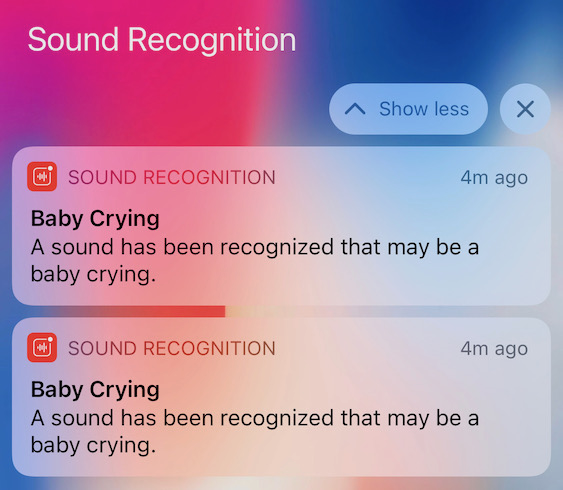Accessibility in iOS 14
Apple has always placed an emphasis on accessibility features. While these wonderful features make Apple’s devices usable by those with disabilities, they’re often useful for everyone. iOS 14 lets you tap the back of your iPhone to perform actions, it can recognize certain sounds and send alerts when it hears them, and it can help you tune your AirPods.
Apple offers overviews of the many accessibility features of the iPhone and iPad, and offers detailed guides on how to use individual accessibility features.
Tap Your iPhone to Do Stuff
You can set up your iPhone so that an action is triggered when you double- or triple-tap the back of the phone. To check it out, go to Settings > Accessibility > Touch > Back Tap.
There, you see settings for Double Tap and Triple Tap. Tap one to set an action. There are several built-in actions, such as bringing up the App Switcher or summoning Siri.
If you scroll further down in the action list, you see any shortcuts you’ve created in the Shortcuts app. One example of something you can do with this feature is double-tap the back of your iPhone to bring up Google Assistant as an alternative to Siri (Figure 72). See Rosemary Orchard’s Take Control of Shortcuts for more on creating and using shortcuts.

Once you have an action configured, double- or triple-tap the back of your iPhone to trigger it.
Turn on Sound Recognition
The new Sound Recognition feature can listen for specific sounds, like a fire alarm, running water, or a baby crying, and send you a notification when it thinks it hears them (Figure 73).

To try it, turn on Sound Recognition in Settings > Accessibility > Sound Recognition. In Settings > Accessibility > Sound Recognition > Sounds you can turn on the sounds you want your iPhone to recognize.
In my testing, it has been pretty accurate, though it registers a number of false positives, like humming bugs outside my house being identified as running water. If I were hard of hearing, that would probably drive me crazy.
Tune Your AirPods
A new accessibility feature called Headphone Accommodations lets you tune your AirPods or Beats headphones, by which Apple means adjusting the equalization and audio levels. If you have AirPods Pro, it can tune Transparency mode to tune real-world sounds to make quiet voices more audible. You can find this feature in Settings > Accessibility > Audio/Visual > Headphone Accommodations.
Try turning it on and playing with the settings to see if it improves your listening experience. If you listen to mostly audiobooks and/or podcasts, try selecting Vocal Range to tune the audio for those types of content (Figure 74).

